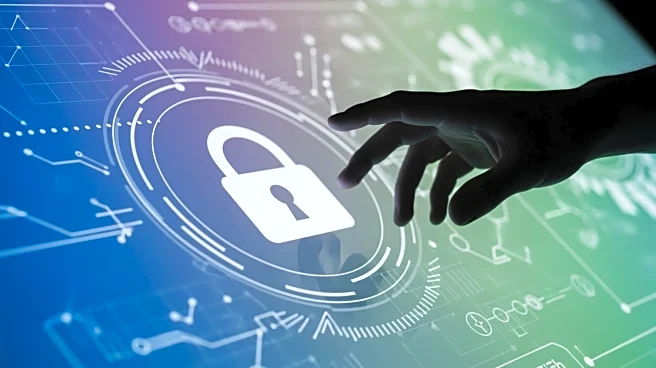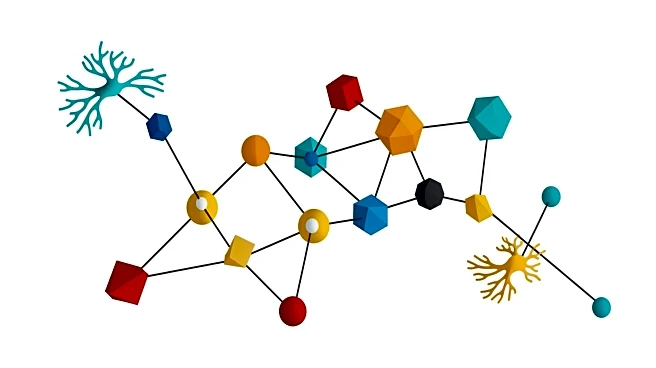What's Happening?
Living Security has introduced a new AI-native Human Risk Management (HRM) platform designed to predict and prevent workforce threats before they occur. This platform, announced at HRMCon, leverages five
years of proprietary HRM data to analyze over 200 identity, behavioral, and threat signals. It identifies the 10% of users responsible for 73% of risk and recommends evidence-based interventions while autonomously resolving routine remediation tasks. The platform aims to deliver measurable risk reduction and reinforce a culture of trust and shared responsibility. It uses predictive analytics, explainable AI, and autonomous action to move beyond detection into proactive prevention, guiding security teams with clear recommendations and automating 60-80% of remediation tasks.
Why It's Important?
The introduction of this platform is significant as it addresses the evolving landscape of workforce risk management, particularly in an era where AI agents work alongside human employees. By focusing on predictive intelligence and autonomous action, Living Security's platform aims to reduce workforce exposure and provide a clear return on investment for security and business leaders. This approach not only lowers the barrier to HRM adoption but also empowers security teams to focus on high-impact work, driving measurable risk reduction at scale. The platform's ability to predict and prevent threats proactively is crucial for organizations seeking to secure their workforce in the AI era.
What's Next?
Living Security plans to begin onboarding early adopters in a limited beta starting January 2026. As organizations continue to deploy AI agents alongside human workers, the platform sets a new standard for securing the workforce by applying predictive intelligence and autonomous action to both human users and AI agents. This development could lead to broader adoption of AI-native HRM solutions across industries, potentially transforming how organizations manage workforce risk and security.
Beyond the Headlines
The platform's focus on reinforcing a culture of positive security is noteworthy, as it recognizes and rewards secure behavior among users. This approach could lead to long-term shifts in organizational culture, promoting shared responsibility and trust. Additionally, the platform's ability to reduce data-loss exposure and accelerate remediation times highlights its potential to improve overall security posture and user satisfaction.











